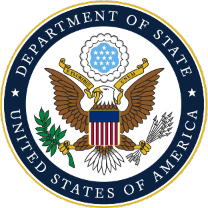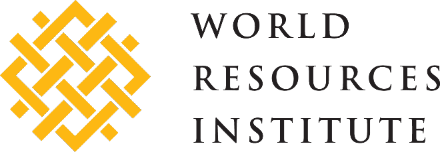Organisation Owner Type: NGO
Triton
Triton analyzes the ownership structures of the world’s industrialized fishing fleets, revealing the linkages between fishing vessels at sea and the companies who profit from their activities. While free to use, Triton is still invite-only – it may be accessed by submitting a form linked on the tool’s webpage.
AML Index
Published annually, the public edition of the Basel AML Index ranks countries with sufficient data to calculate a reliable risk score. It is a snapshot of global ML/TF risks and progress by countries and regions over time.
Corruption Perceptions Index
Since its inception in 1995, the Corruption Perceptions Index, Transparency International’s flagship research product, has become the leading global indicator of public sector corruption. The index offers an annual snapshot of the relative degree of corruption by ranking countries and territories from all over the globe. In 2012, Transparency International revised the methodology used to construct the index to allow for comparison of scores from one year to the next.
Detect IT Fish
Web-based tool that looks at data tracking the movement of fish from port to port and country to country. The tool highlights any trade information that looks suspicious and possibly illegal. Through rapid, automated collection, it compares, and analyzes United Nations trade data from more than 170 countries. A user can search trade data by time, product, and partner countries. The tool is either no longer maintained or not available for use.
The Global Fishing Watch Map
The Global Fishing Watch map is the first open-access online tool for visualization and analysis of vessel-based human activity at sea. Anyone with an internet connection can access the map to monitor global fishing activity from 2012 to the present for more than 65,000 commercial fishing vessels that are responsible for a significant part of global seafood catch.
The Global Forest Watch Map
An open-source web application to monitor global forests in near real-time. GFW is an initiative of the World Resources Institute, with partners including Google, USAID, the University of Maryland, Esri, Vizzuality and many other academic, non-profit, public, and private organizations.
Organized Crime Idex
First global analytical tool to provide an assessment of criminal markets, categories of criminal actors, and resilience capacity for 193 UN member states.
Mineria Illegal
Map created by Amazon Georeferenced Socioenvironmental Information Network (RAISG) to map illegal mining in protected territories of the Amazon.
Nature Intelligence System
A machine learning-based dashboard that captures shipping invoices (electronic or paper) and conducts analytics on cargo shipment data (ex. price, weight, country of origin, taxonomic identity) for inspectors to easily identify questionable shipments. It is being tested with Canadian government agencies. It was designed to automatically analyse shipment paperwork and identify questionable shipments. Once anomalies have been identified and shipments are being inspected, officers will be supported in their decision making with an integrated species identification application.
RADIX Tree
Platform that enables buyers to collect information from suppliers to establish a chain-of-custody. Radix Tree also performs legality risk assessments based on information provided, a required step for compliance with the European Union Timber Regulation (EUTR).


